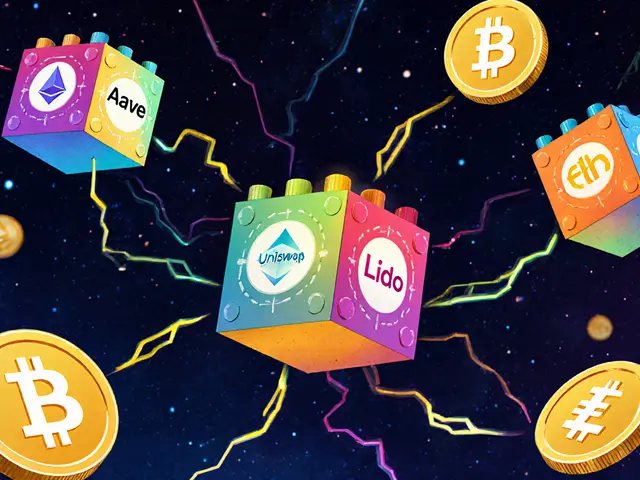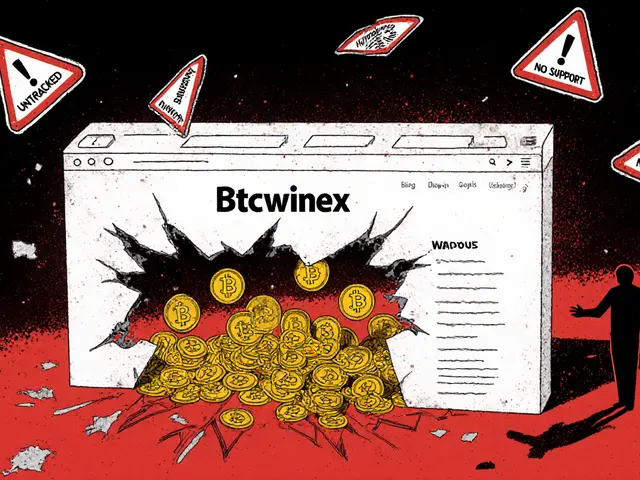Blockchain Interoperability: How Chains Talk to Each Other
When you send ETH from Ethereum to a token on Solana, you’re using blockchain interoperability, the ability of different blockchains to communicate, share data, and transfer assets securely. Also known as cross-chain communication, it’s what keeps the crypto world from being a collection of isolated islands. Without it, you’d be stuck holding assets on one chain with no way to use them elsewhere — no swapping ETH for SOL, no staking on Polygon while holding tokens on Avalanche, no accessing DeFi apps across networks.
Real-world use cases are everywhere. Platforms like cross-chain bridges, tools that lock assets on one chain and mint equivalent tokens on another let users move value without centralized exchanges. Protocols like Smart contracts, self-executing code that runs on blockchains and enforces rules without middlemen make this possible by verifying transfers across chains. And when you hear about DeFi apps that pull liquidity from multiple chains, that’s interoperability in action — letting you earn yield on assets you didn’t even originally buy on that network.
But it’s not perfect. Broken bridges have lost hundreds of millions. Fake tokens appear when chains don’t verify each other properly. And not all chains play nice — some are designed to be closed off for security or control. That’s why the best projects focus on trust-minimized designs: zero-knowledge proofs, decentralized relayers, and open-source audits. You don’t want to trust a bridge run by one company. You want one that works even if half its nodes go down.
What you’ll find here are real stories about what works, what fails, and how everyday users get burned — or saved — by how chains connect. From DeFi swaps that span five networks to airdrops that only work if you hold tokens on the right chain, this collection cuts through the hype. No fluff. Just what you need to know before you send your next transaction across chains.
Future of Sidechain Technology: What Comes After the Scaling Hype?
Sidechain technology is reshaping blockchain scalability by enabling fast, low-cost transactions without altering mainnets. Learn how Polygon, Bitcoin's Liquid Network, and hybrid models are defining the future of blockchain infrastructure.





